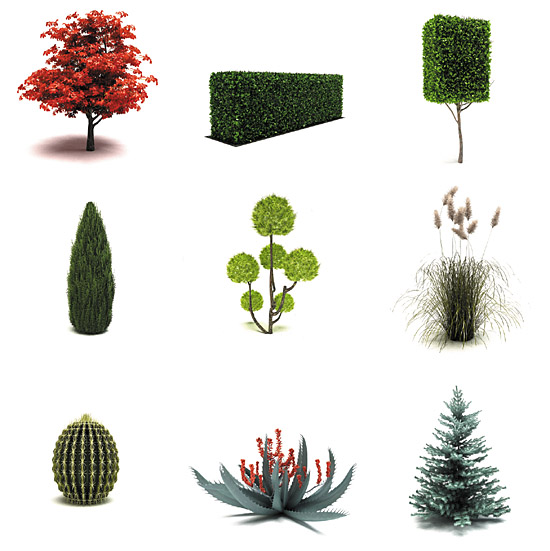3d Plants Photoshop

As is the case with most renders from a 3D model, the exported product is very. Of these elements into the model, but it's best to add them in later in Photoshop. Plants and Vegetation Stock – deviantArt Trees, Shrubs and Bushes Stock –.
“That is a genuine Australian sky. A bunch of our guys actually went out on location with a custom-built 12k HDR camera rig – they camped in a field for the entire summer taking images every second of every day. Forza horizon 2 pc torrent kickass hindi. They brought all of this amazing photography back to the studio and fed it through a custom process that streams the data into our system, producing the most dynamic, evolving skyscapes you’ve ever seen in a game.” So as you drive through this vast, geographically varied country, the sky above is a sort of weather cinema: clouds form and flow in real time, storm fronts gather, showers come in, drenching the road surfaces.
When you upgraded to 2015.5 (first available in June 2016), you probably noticed its splash screen: a vertical slice of the ocean twisted into a brain-befuddling shape, all rendered in exquisitely impossible detail. The photo composite is the creation of a young Brazilian known as Jack Usephot. More about the image later; first, let's get to know this self-taught artist. Born Jackson Nunes, Jack took “Usephot” as his nom de pixel after he fell in love with Photoshop. He had been dabbling with digital imagery a bit (he has no formal art training) when he found Behance and was drawn into the site’s selection of surreal composite imagery, especially the work of Swedish photographer and Photoshop retoucher.
Inspired, Jack set out to learn the fundamentals of compositing. Fellow Brazilian mentored him, sharing photo-retouching tips and artistic guidance. The sea plays a large role in Jack’s visual imagination. His love of skin diving, in particular, shows in his “aquarium” images, which depict three-dimensional blocks of aquatic scenery. At the beginning of his career, trying to break into the field without academic or professional credentials, he challenged himself to create images that would prove his mettle. Out of that drive grew the desire not only to create cross-sectional views of the ocean, but to plop them onto the landscape as three-dimensional, free-standing blocks—or fit them into a 3D projection of a 2D shape.
The artwork on the Photoshop 2015.5 splash screen was aquarium-themed with an added splash of M.C. Ex4 to mq4 online free. Instead of a simple 3D block, Jack used the (a pseudo-geometric figure that looks plausible in detail but is actually impractical) as the basis for his Impossible Sea (above). Geometry aside, the creation of Impossible Sea was surprisingly straightforward. First off: While it may look like the ray-traced rendering of a high-end 3D program, Jack did everything in Photoshop: the way the light fades as it travels through the water, the rays of light that seem to fill a volume, and the caustics seemingly projected onto the seafloor by light passing through ripples on the surface. Jack produced the effect of light filtering through the seawater by layering two underwater photographs over a flat geometric shape. He applied a Multiply blending mode to the top Photoshop layer to intensify the subtle variations in the liquid. To create the overall fade of the light with depth, Jack applied a Curves adjustment layer, dragging the center of the curve downward to darken the water.
To add undersea rays of light that penetrate the gloom just under the floating island, Jack added a transparent layer, filled it with black, changed the layer’s blending mode to Color Dodge, and painted beams with white using a soft brush set to 20% Opacity and 40% Flow. The pattern of refracted light on the seafloor is another underwater image, added to the composition with the Multiply blending mode. To support the illusion of waves lapping at the walls of an aquarium, Jack added shots captured with the camera half underwater to the edges of the ocean.
For the artwork Muscle Car Racing, Jack challenged himself to learn another advanced technique. His goal was to master clouds of particles: namely, the dust (of which he’s particulate-ly proud) kicked up by the tires of a speeding Ford Mustang. No fancy particle generator plugins were used in the creation of the composite image. Jack combined stock photos of a car drifting on the desert (which provided the dust) and photos of white particles floating on a black background. Jack used Photoshop’s Channels to cut out the background, leaving the white particles, which he then placed in the scene and recolored to match their surroundings. He painted with brushes made from cloud photos to tie the disparate elements together and applied various levels of blur to the ground to reinforce the illusion of speed.